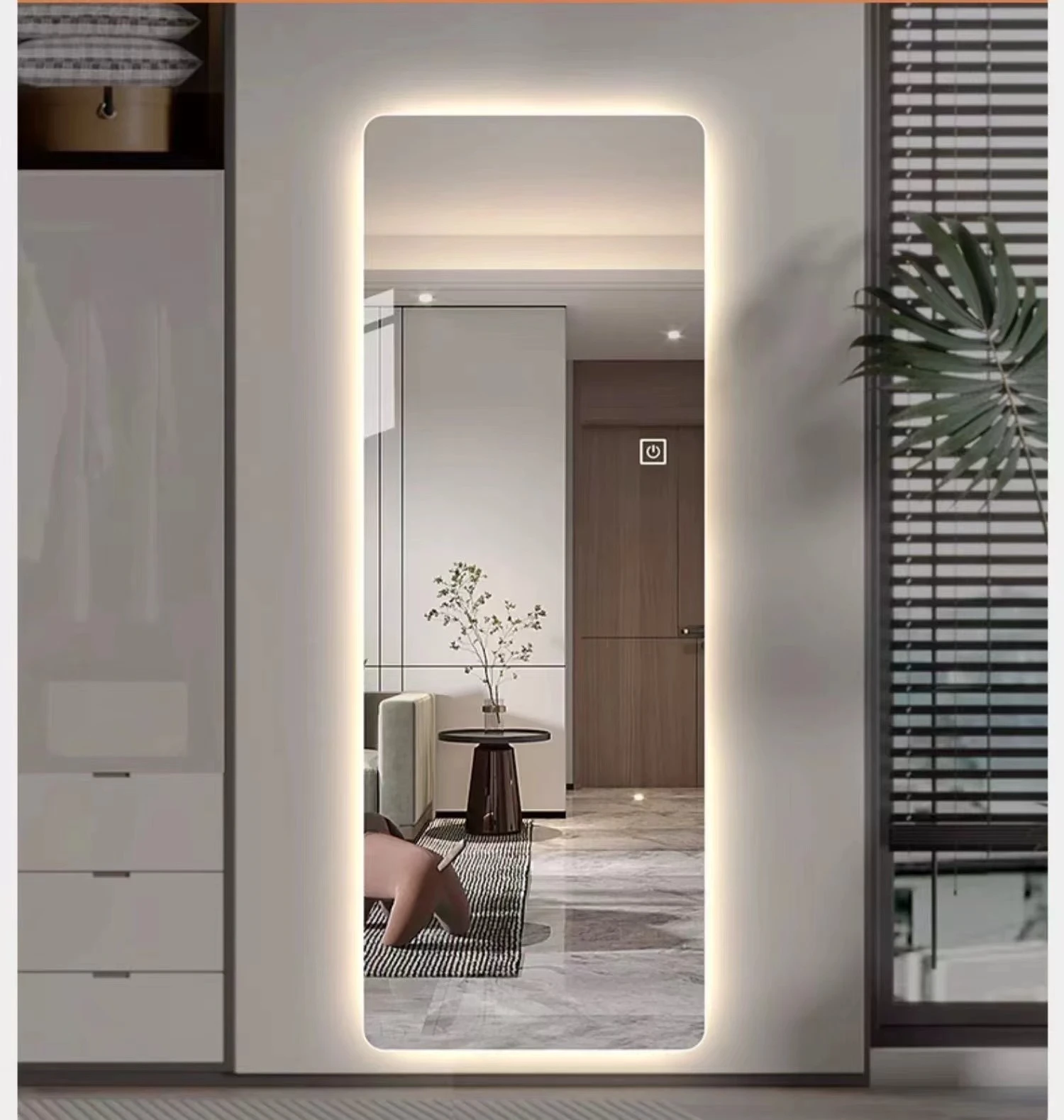

The Benefits of Solar Control Low-E Glass
In today’s world, where energy efficiency and sustainability are at the forefront of architectural design, solar control low-emissivity (Low-E) glass has emerged as an innovative solution that combines comfort, aesthetic appeal, and energy savings. As we delve into the characteristics and benefits of this advanced glazing technology, it becomes clear why it is becoming a staple in modern construction.
Understanding Low-E Glass
Low-E glass is treated with a special metallic coating that reflects infrared energy while allowing visible light to pass through. This unique property makes Low-E glass an effective barrier against heat, helping to maintain an indoor climate that is hot in winter and cool in summer. When the term “solar control” is added, it indicates that the glass is designed specifically to manage solar heat gain, making it particularly beneficial in regions with high temperatures or varying climates.
Energy Efficiency
One of the primary advantages of solar control Low-E glass is its ability to improve energy efficiency in buildings. By minimizing the amount of heat that enters through windows, buildings can reduce their reliance on air conditioning systems, leading to lower energy bills and a smaller carbon footprint. According to studies, using Low-E glass can cut energy costs by up to 30%, which is a significant saving for both residential and commercial buildings.
Enhanced Comfort
Another major benefit of solar control Low-E glass is the comfort it brings to indoor spaces. Conventional glass can cause uncomfortable temperature fluctuations near windows, often making these areas too warm or too cold. In contrast, Low-E glass maintains a consistent indoor temperature by reducing glare and minimizing direct sunlight exposure, creating a more pleasant and usable environment.

UV Protection
Solar control Low-E glass also offers protection against harmful ultraviolet (UV) rays that can cause skin damage and fade furniture, carpets, and artwork. The glass filters out a significant percentage of UV rays, helping to protect the health of inhabitants and prolong the life of interior furnishings. This feature is particularly important for homeowners and business owners who wish to maintain the aesthetic appeal of their spaces over time.
Aesthetic Appeal and Versatility
From an architectural standpoint, solar control Low-E glass is available in various styles and finishes, making it a versatile option for designers and builders. It can be made to fit various frame types and can be combined with different window technologies, thereby enhancing the aesthetic value of both residential and commercial buildings. The sleek, modern look of Low-E glass windows can significantly elevate the overall appeal of a property.
Sustainability
Choosing solar control Low-E glass is not just a practical decision; it is also an environmentally responsible one. By reducing energy consumption and lowering greenhouse gas emissions, this technology contributes to a sustainable future. Moreover, many manufacturers are now producing Low-E glass using eco-friendly processes, further enhancing its appeal to environmentally conscious consumers.
In conclusion, solar control low-emissivity glass stands out as a superior choice for anyone looking to build or renovate with energy efficiency, comfort, and aesthetics in mind. As the demand for sustainable building practices continues to grow, Low-E glass technology represents a smart investment that pays off in multiple ways. Whether for a residential home or a commercial property, incorporating solar control Low-E glass is a promising step toward a greener, more comfortable future.